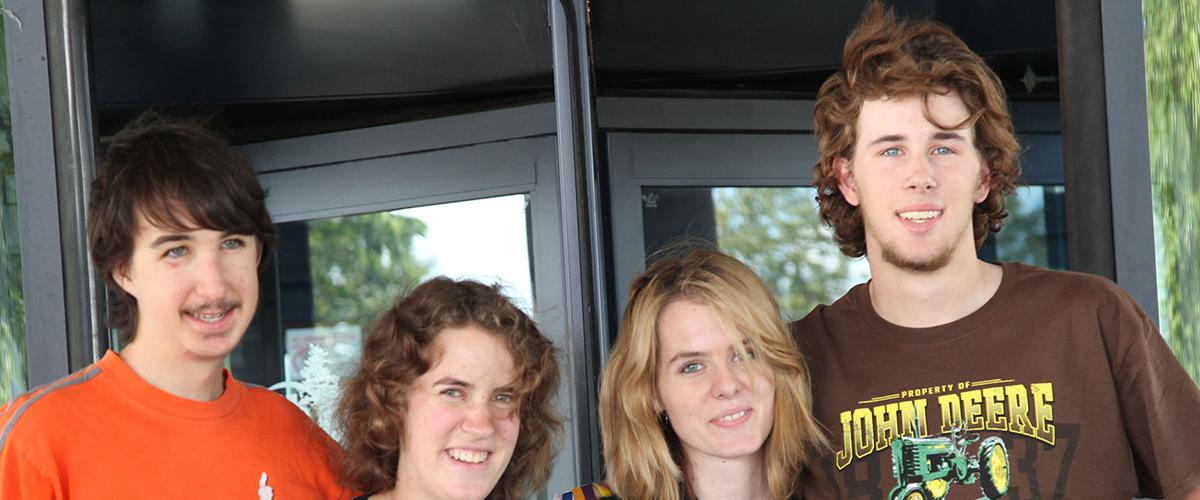We are thrilled to introduce the recipients of our first round of the Pilot Grant program, each leading groundbreaking research to advance understanding and treatment of myotonic dystrophy (DM). These innovative projects represent the future of DM research, and we are excited to support their important work!

Joel R. Chamberlain, Ph.D.
Research Associate Professor
University of Washington, Seattle, WA, US
Project: Efficacy Testing of Cell-Derived Nanovesicle Delivery of Small Interfering RNAs for Treatment of DM1
Dr. Chamberlain is exploring a novel approach to treat DM1 by using natural cell-derived vesicles to deliver drugs that can destroy toxic RNA structures in muscles. If successful, this could lead to a new, non-invasive treatment that targets the root cause of DM1.

Paloma Gonzalez Perez, M.D., Ph.D.
Neuromuscular Attending
Massachusetts General Hospital, Boston, MA, US
Project: Investigating Benefits of a Physical Therapist-Guided Exercise Program in DM2
Dr. Gonzalez Perez is testing the effectiveness of a simple, guided exercise program designed to improve motor function and reduce pain in DM2 patients. Her study will examine the long-term benefits of exercise under physical therapist supervision, with the goal of making this program accessible to more DM2 patients.

Emma Matthews, FRCP
Reader of Neurology and Consultant Neurologist
St George's, University of London, UK
Project: Exploring Transcriptional Dysregulation of Lipid Metabolism Genes in DM1
Dr. Matthews aims to uncover why DM1 patients are more prone to abnormal lipid profiles (dyslipidemia). By comparing lipid metabolism genes in DM1 patients with and without dyslipidemia, her study could lead to better treatment guidelines and new therapies for managing this condition.

Belinda Pinto, Ph.D.
Research Assistant Scientist
University of Florida, Gainesville, FL, US
Project: Investigating the Contribution of Circadian Disruption to Hypersomnolence in DM
Dr. Pinto is studying how disruptions in the circadian system contribute to excessive daytime sleepiness in DM1 patients. Using animal models, she seeks to understand the molecular causes of hypersomnia and pave the way for future therapeutic developments.

